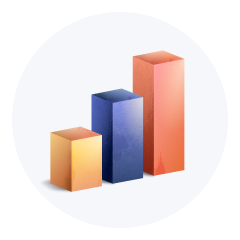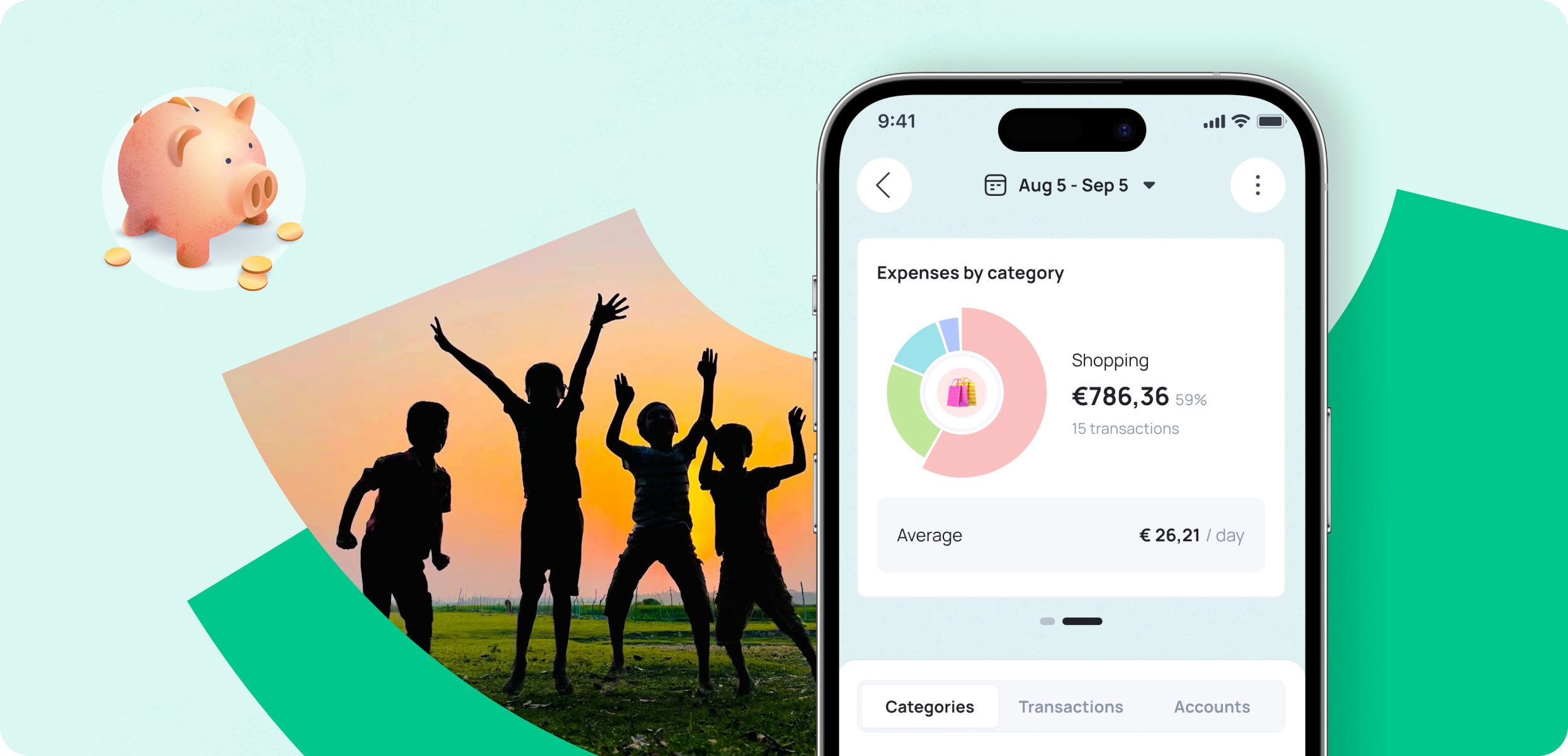What Is Compound Interest? 🤔
Imagine you make a one-time deposit of € 1,000 and earn an average annual return of 5%.
- After one year, you have € 1,050.
- After two years, the 5% return applies not only to your initial € 1,000 but also to the € 50 in prior interest.
- This repeats every year, causing your money to grow faster over time.
A concrete example:
- € 1,000, 5% return, 10 years → € 1,629
- € 1,000, 5% return, 20 years → € 2,653
- € 1,000, 5% return, 40 years → € 7,040
➡️ In the first 20 years, your money grows to more than 2.5 times the original amount. In the next 20 years, that same growth factor repeats, but now over a much larger balance. The result: your final amount grows exponentially. That’s the turbo effect of time.
🚀 An average annual return of 5% is very realistic. The S&P 500, an index of large U.S. companies, has achieved an average annual return of around 10% over the past 20 years. In that case, the one-time € 1,000 investment would have grown to € 6,727 after 20 years.
Where Does Compounding Apply?
Compounding works in any situation where returns are added back to the base:
- Investing: reinvestment of dividends and price appreciation.
- Saving: as long as you earn interest and do not withdraw it, your balance grows exponentially (even if rates are currently low).
- Debt: compounding can also work against you. With credit cards or revolving credit, you pay interest on unpaid interest.
Why Compound Interest Blows Our Minds 🧠
Our brains are wired to think linearly (“add € 50 every month”). Compounding works exponentially: it starts slowly but accelerates dramatically over time. A classic example is the chessboard problem: place one grain of rice on the first square, two on the second, four on the third… By the sixty-fourth square, you have more rice than has ever been produced.
Psychologically, we are poor at grasping exponential growth. That is why many people delay saving or investing (“I’ll start later”). But starting later means missing the key ingredient: time.
Why You Should Start Now ⏰
- Early starters win: A 25-year-old investing € 100 per month for 40 years at 5% ends up with about € 150,000. A 35-year-old investing the same amount for 30 years ends up with approximately € 83,000. Starting ten years later cuts your final balance nearly in half, even though you contributed only 25% less.
- Time reduces risk: The longer your horizon, the more market fluctuations average out.
- Automation means discipline: By automatically saving or investing a fixed amount each month, you harness compounding without having to think about it.
Practical Steps to Make Compounding Work for You ✅
- Start now with any amount. It is not about how much, but how early.
- Automate transfers to your investment or savings account.
- Always reinvest dividends, interest, or payouts.
- Avoid expensive debt, compounding works against you there.
- Let time do the heavy lifting, the longer your horizon, the stronger the effect.
👉 With the Grassfeld app, you can set savings goals, create budgets, and categorize expenses. This makes it easier to free up money each month for saving or investing. The app also shows your progress toward your goals.







.jpg)
















